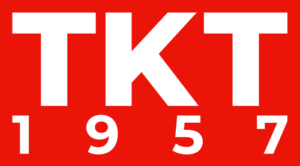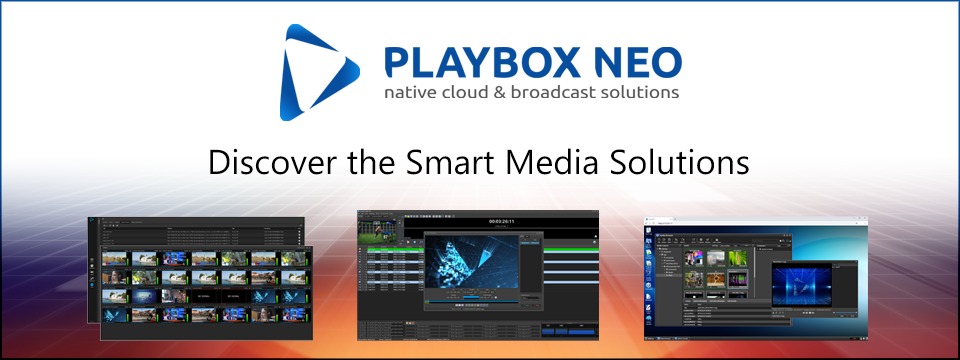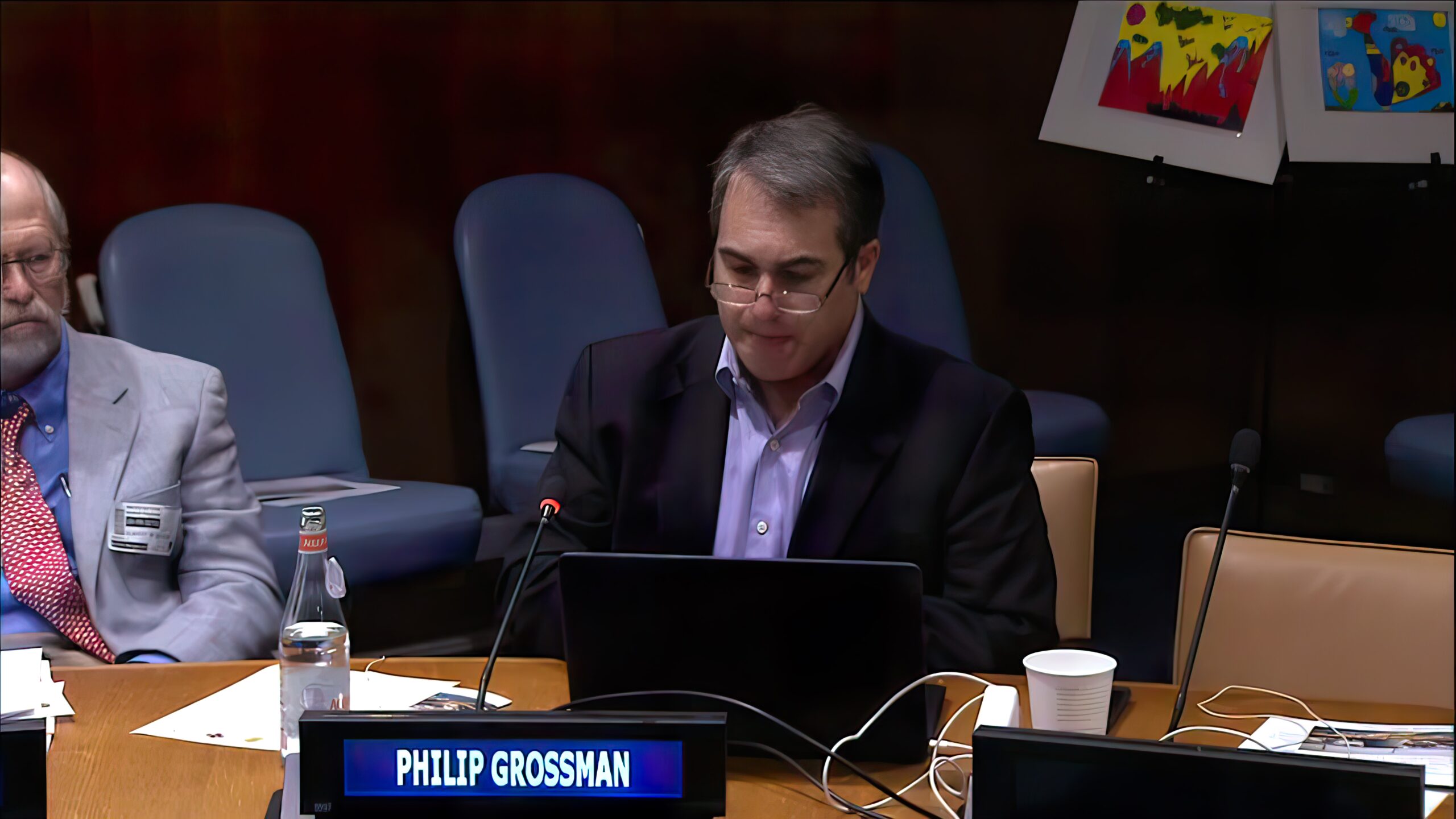Interview with Philip Grossman, cinematographer, former Senior Director at the Weather Channel, and former Vice President of Solutions Architecture and Advisory Services at Imagine Communications (USA).
– What do you see as the major technological change during your career?
Something I have seen most recently is the speed of change. In the last five years, the speed of change has been immense. We went from analog to digital, but that took many years. We went from SD to HD, which has taken over a decade. We have gone from analog connections to SDI, now HD-SDI. In the last five years, we’ve done: HD, UHD, 8K, HDR, IP video routing, cloud… most of our customers’ heads are going to explode! There is so much change, companies are not sure what they should adopt. It doesn’t make sense for companies to adopt everything.
– Has there been a specific area of change that has impressed you recently?
The largest change I’ve seen is the adoption of standards-based IT technology. In the past, we had to have very specialized gear in the media industry that could produce video and audio signals with next to zero latency, with very little tolerances for variation from the norm. This couldn’t be done with a desktop. In the last eight-ten years, we have seen a sharp increase in the rate of change in what computer and graphics processors can do, as well as network technology. Eight years ago, at the Weather Channel, I think we had eight 10 gig connections, and they were sacrosanct inside of our facility. The only thing that could connect to those was storage. Now, I have an 8 Port 10 gig switch in my house!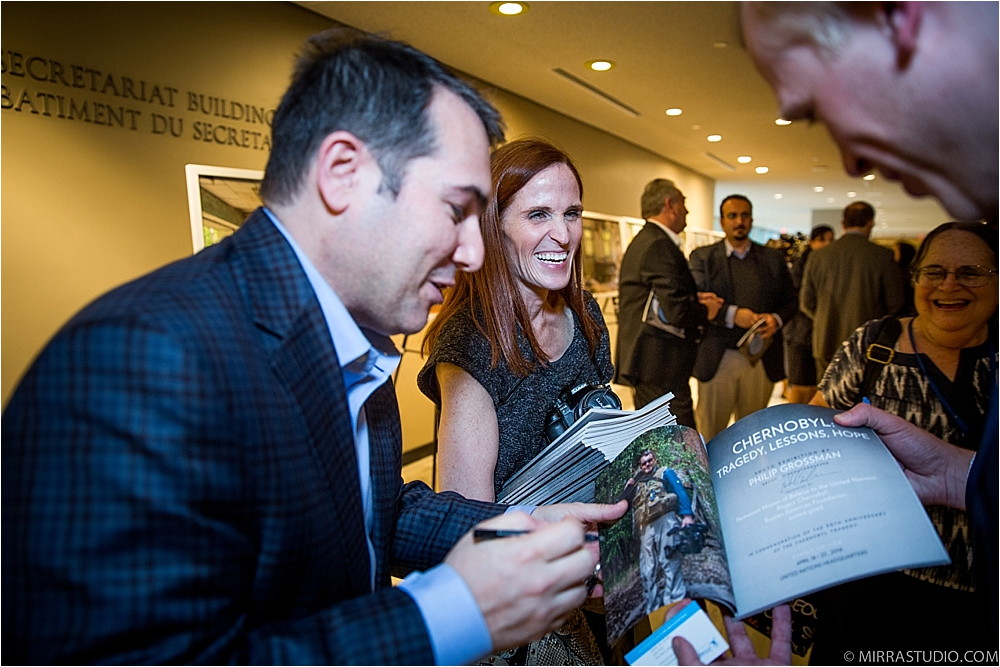
– What has this change meant for the industry?
The change in technology has now enabled the media industry to effectively utilize common off-the-shelf systems. That’s probably been one of the hardest changes for people who have been on the engineering side in the industry for a long time. The IP-based technology has also now caught up to the volume of bits that we have to push around for video. The networking side has almost passed us in terms of capabilities, which I think will help to speed up 4K rollout.
– What do you think about 4K technologies?
I don’t think you need 4K. If you have HD 1080p and HDR, which gives you better color and dynamic range, this is a better way to consume visual information than 4K. The big issue is that when you add 4K, you cut the number of channels you can have on a cable system because of the limited network bandwidth. There is also no additional money – no one will pay more for 4K, in part because you can receive it on the internet. I think this is another major technological change: the distribution end of television. In the past, it was very narrow. You were limited to some major network providers. Now, you have OTT and internet-based services, which has really democratized distribution. There are now channels on YouTube that have higher ratings than things on cable – you have removed the gatekeepers and enabled them to go directly to the consumer. You can get the equivalent quality that you have on television for the average consumer. So, you are seeing a lot more content being developed at a higher level. I think the piece that’s missing is, as I refer to it, the ‘guidefication’: I don’t have time to look through 1000s of channels to find the right content! I think over the next couple of years we will see virtual cable companies coming about and packaging these technologies. I also think that we will see an exodus from YouTube because it takes such a high proportion of ad revenue.
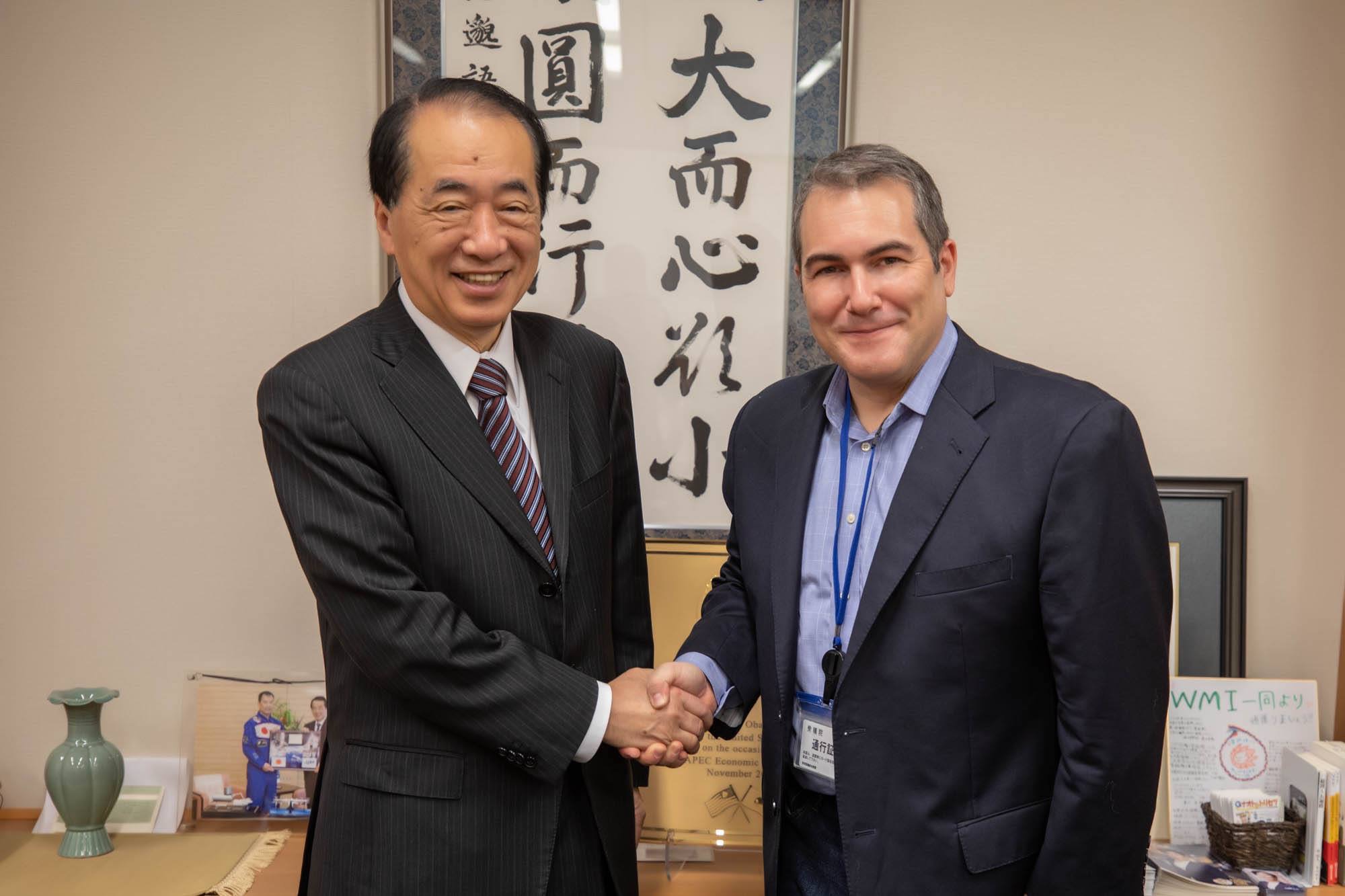
– What do you think about new business models for traditional TV companies in the near future?
I think the biggest issue right now with the transition to any kind of business model is the current contractual obligations. At least in the States, we have subscriber fees. Distribution is still 80-90% over cable or satellite, and the cable companies pay a network a subscriber fee. I think the average rate now is 12 cents per subscriber. Distributors would want to have a channel on their service because they make money off local advertising.
– How does the advertising model affect the business models for TV companies?
In the States, the model is that for every half an hour of programming there are around eight minutes of commercials. Typically, four to six minutes of that is sold nationally. The network gets to sell the cable companies the other two to four minutes for local advertising. This is one of the reasons I think it will be hard to change the model: the network sells those four minutes, 12-25 times, to different cable companies. By going directly to the consumer, they now have around four minutes of ad revenue that they have to sell, that they may not be able to sell as easily or cost-effectively. This is a big driver that is keeping a lot of these television networks from changing the business model. You now also have 5G services, which gives you enough bandwidth to get television into the house over wireless. A lot of homes are now being outfitted with Fiber. The cable companies, to be honest, would rather take the bandwidth they are using to bring television into your house and sell this for internet access because there is a higher margin on that than there is for television.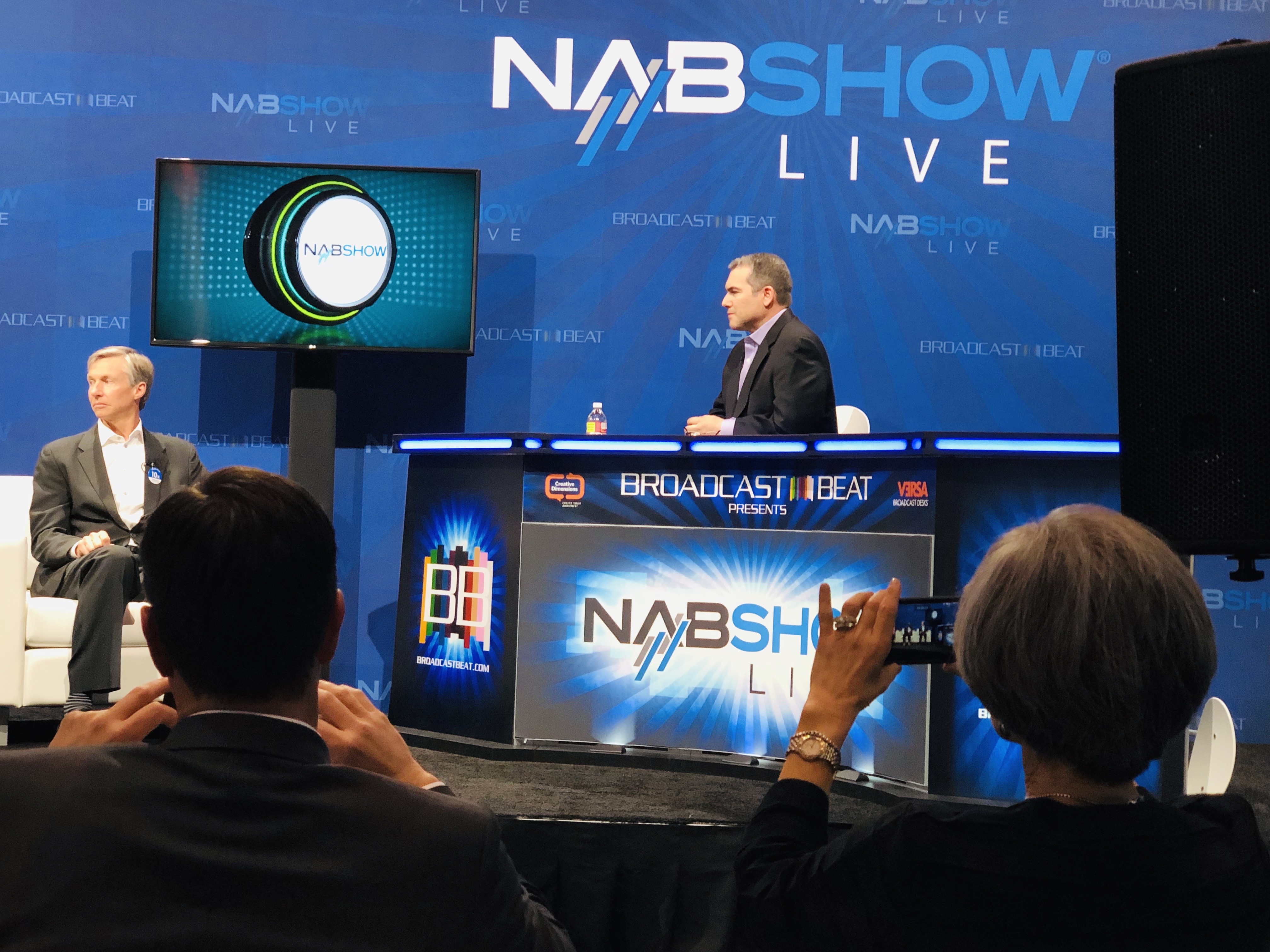
– Can the networks not target their advertising directly if they are not going through companies?
If I go directly to the consumer, the minutes of national advertising increase in value, because I know a little more about the consumer I’m targeting. However, this is not enough to offset the minutes of local advertising I am losing. This model is being forced to change, because of OTT competition. I think there is a lot of opportunity because you can go directly to the consumer. I think the industry is ripe for a business model change, it’s just a matter of who will be daring enough to start. In the long run, you will see a little bit of both; you’re going to see cable’s model change – reduction in costs, and more channels to distribute their local advertising across. You will also see more higher-end production-type TV go to the OTT market.

